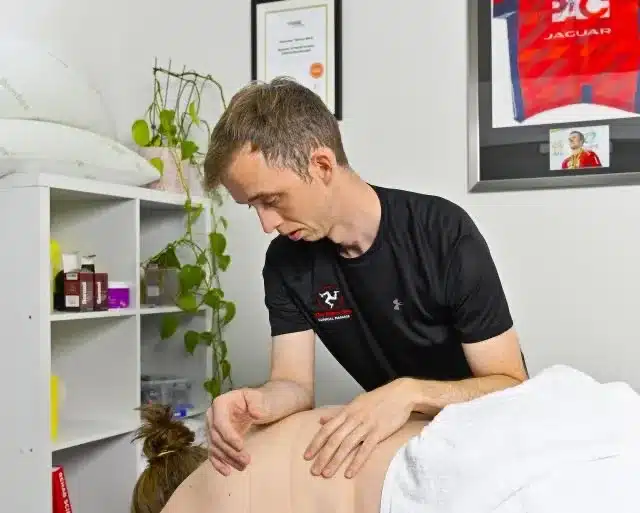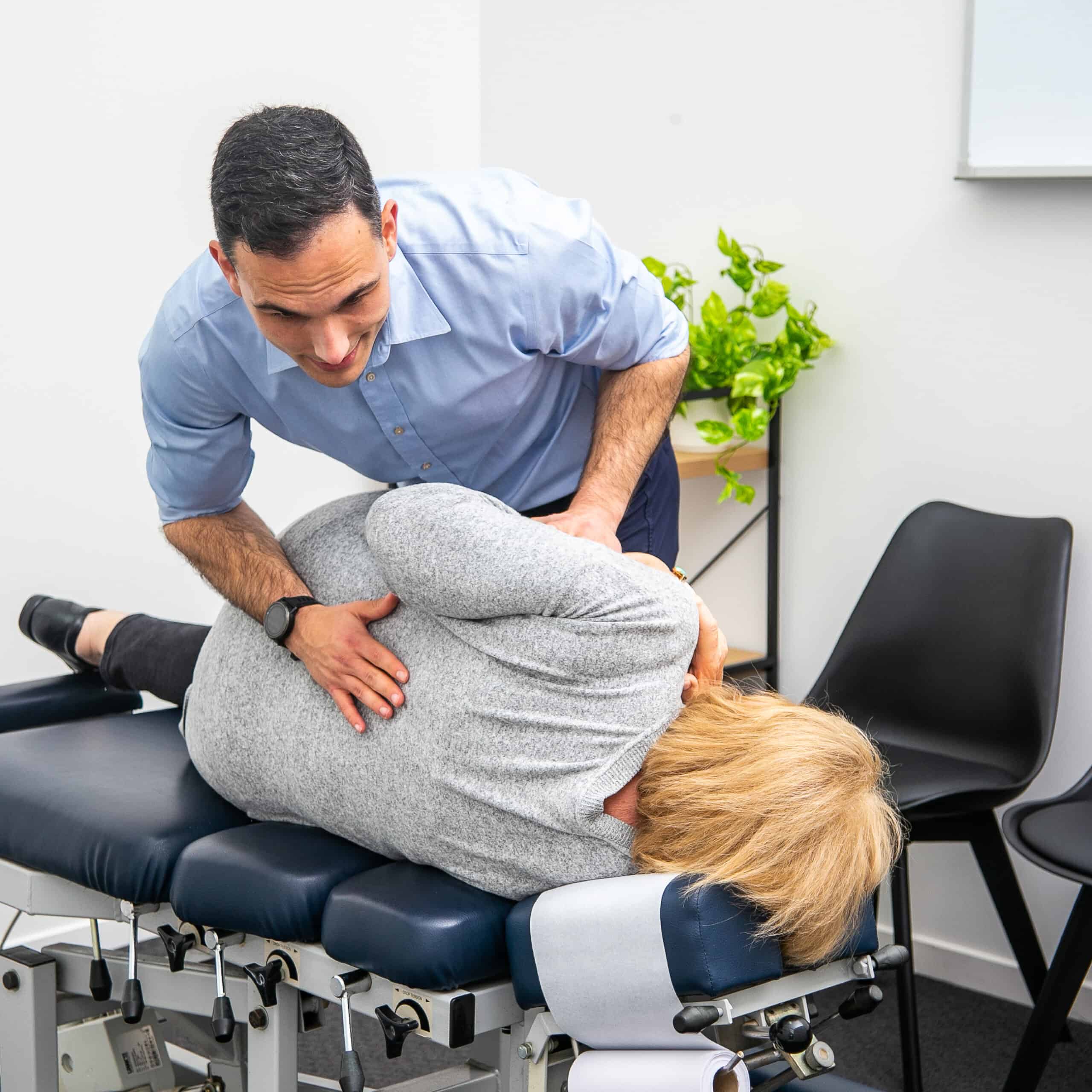Pain Relief with Chiropractic | Geelong Chiropractor
The chiropractic adjustment, sometimes referred to as a joint manipulation, is a primary technique used in chiropractic care, which has been shown to have various scientific mechanisms that influence pain levels.
While the exact mechanisms are still being researched, our Geelong chiropractors will discuss several key factors that have been identified:
Conclusion
In conclusion, chiropractic adjustments exert its effects on pain levels through a combination of neurophysiological mechanisms, including modulation of central nervous system activity, activation of pain-inhibitory pathways, reduction of peripheral sensitization, alteration of joint biomechanics, and activation of mechanoreceptors. By understanding these mechanisms, chiropractors can tailor treatment approaches to address the specific needs of individual patients and optimise outcomes in pain management. Further research is needed to fully elucidate the complex interactions underlying the effects of a chiropractic adjustment on pain perception and relief.















